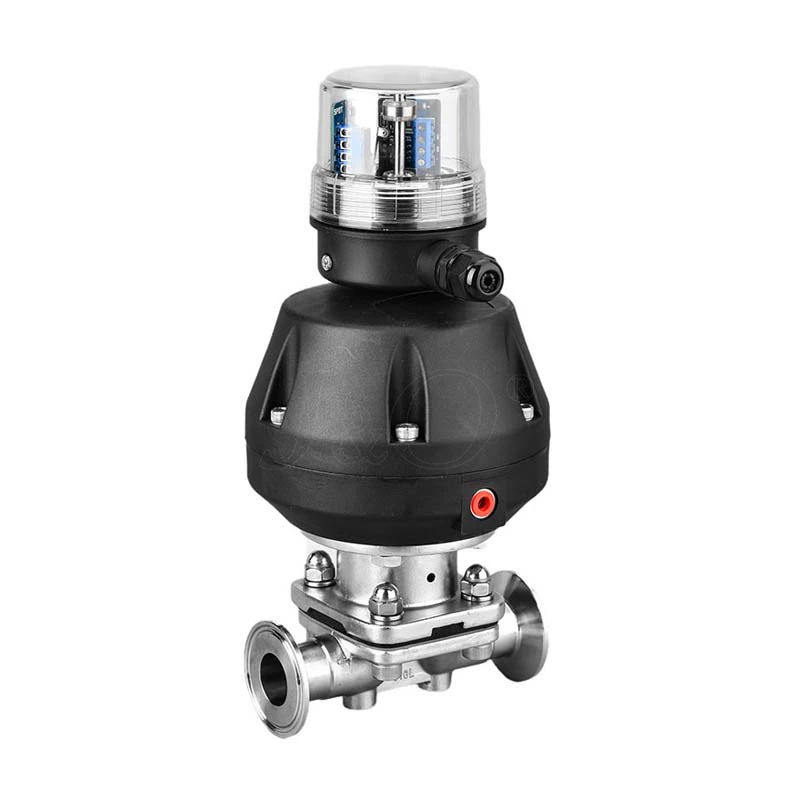What Are The Requirements For The Use Of Pneumatic Diaphragm Valves?
What are the requirements for the use of Sanitary Diaphragm Valve?
Pneumatic diaphragm valves use standard electronic polishing, smooth surfaces to ensure cleanliness, no medium accumulation area, no potential pollution, can meet the special requirements of various media in the food and biopharmaceutical fields, what are the requirements for the use of pneumatic diaphragm valves:
Pneumatic diaphragm valves mainly have the following precautions, specifically:
1. Uneven wall thickness of pneumatic diaphragm valves
The uneven wall thickness of sanitary stainless steel pipe fittings mainly occurs in the parts of the sanitary pneumatic diaphragm valves where the deformation is the largest, such as the wall thickness of the elbow back is thinner than other parts; the wall thickness of the pipe mouth and the sanitary pneumatic diaphragm valve body is not the same. To check these problems, calipers and other commonly used measuring tools are not easy to detect. At this time, only ultrasonic thickness gauges can be used to measure them.
2. The hardness of pneumatic diaphragm valves exceeds the standard
The problem of excessive hardness of sanitary pneumatic diaphragm valves is mainly due to the heat treatment process after forming. The solution is to perform heat treatment again with the correct heat treatment process.
3. Inspection of pneumatic diaphragm valves before leaving the factory and after arrival
Inspection plays an important role as the last process to ensure the quality of sanitary pneumatic diaphragm valves, especially for sanitary pneumatic diaphragm valves that withstand high temperature, high pressure and flammable and highly toxic media.
In which fields are sanitary pneumatic diaphragm valves mainly used? Sanitary pneumatic diaphragm valves are a kind of hollow long round steel, which are widely used in industrial pipelines such as petroleum, chemical industry, medical treatment, food, light industry, mechanical instruments, and mechanical structural components. In addition, when the bending and torsional strengths are the same, the weight is lighter, so sanitary pneumatic diaphragm valves are also widely used in the manufacture of mechanical parts and engineering structures. It is also commonly used to produce various conventional weapons, gun barrels, shells, etc.
The above is a description of the precautions for the use of pneumatic diaphragm valves.
